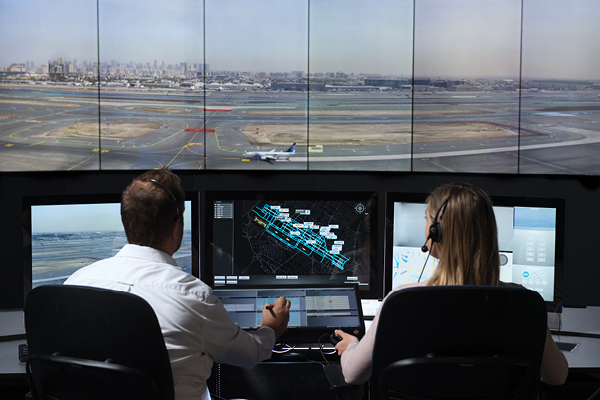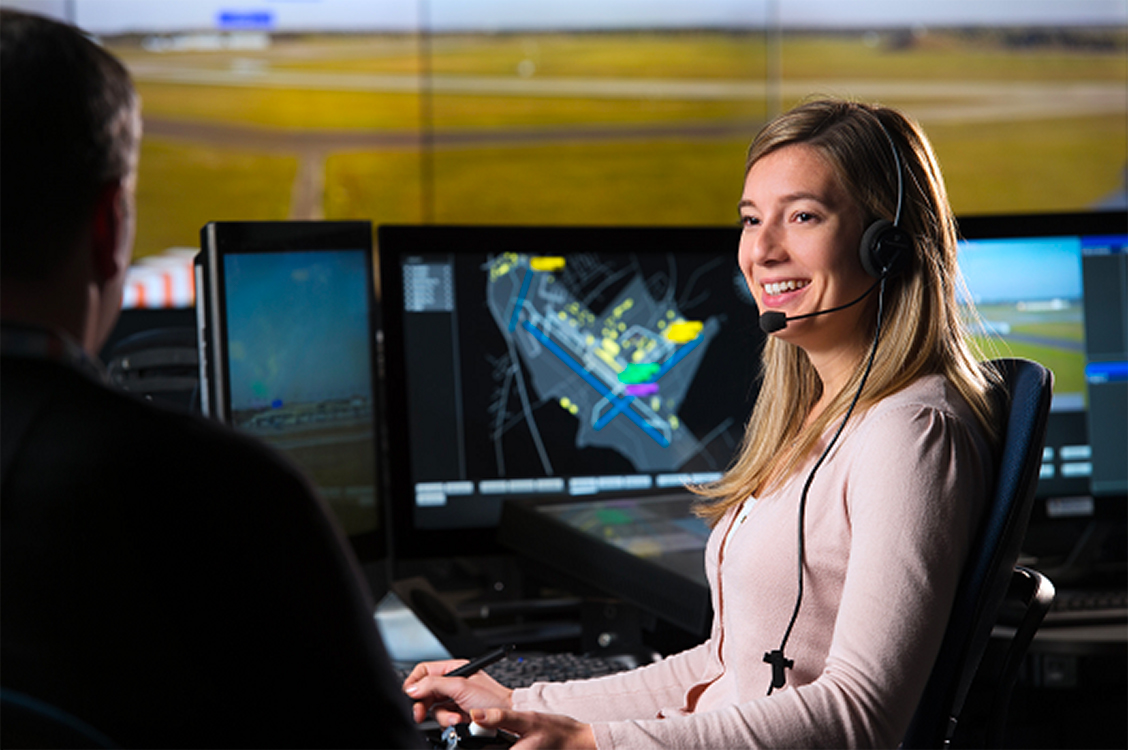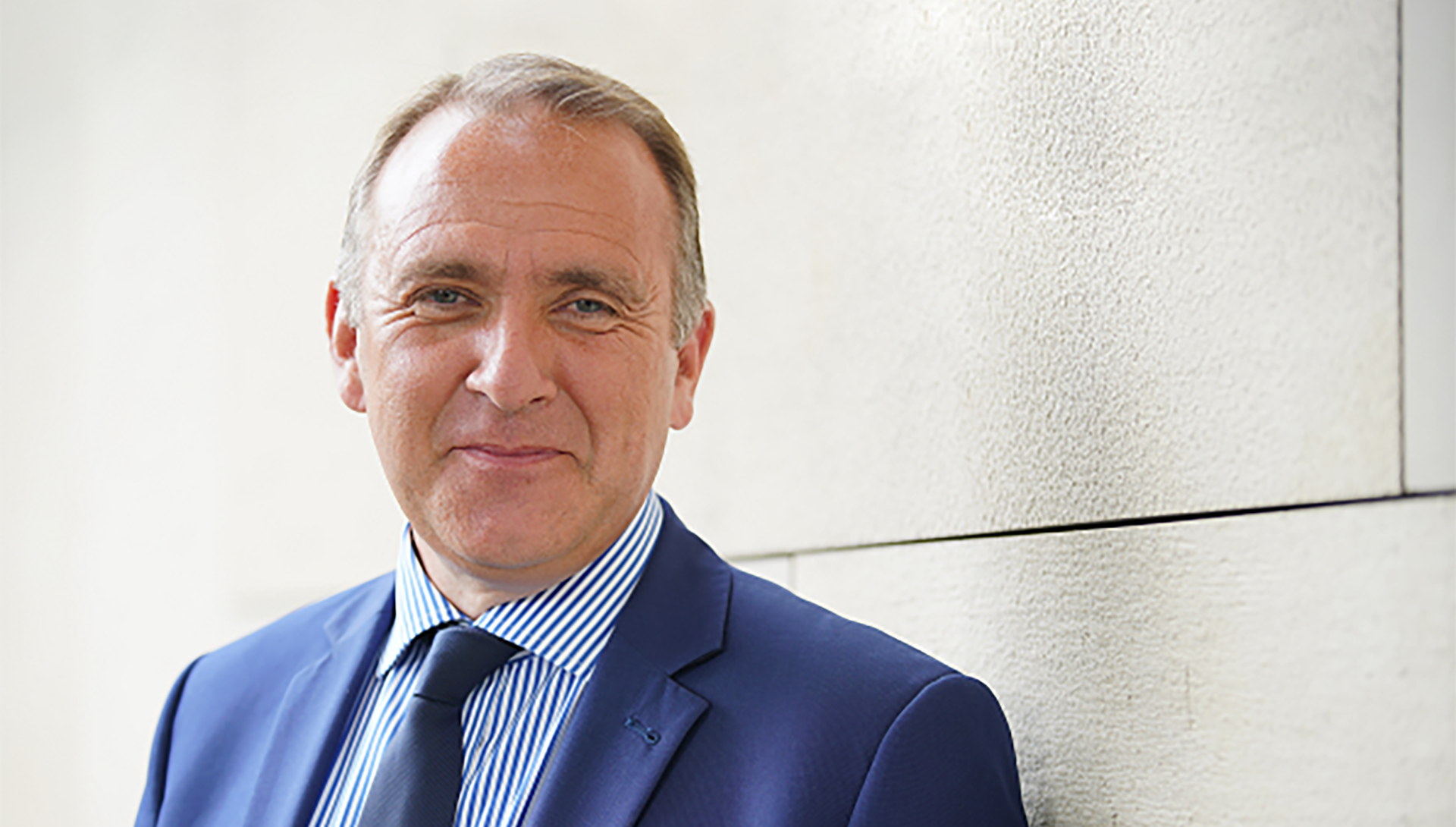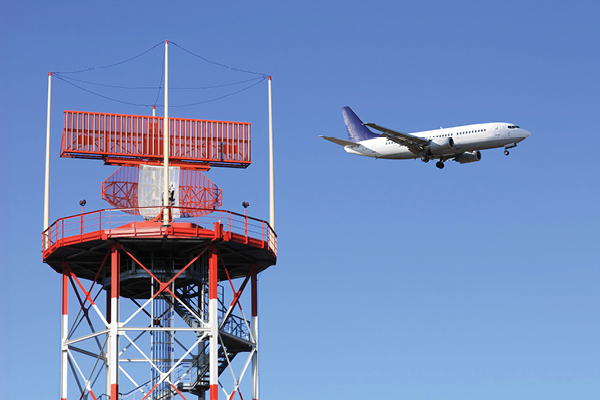Airspace Q3 2019: An appetite for innovation
Moodie Cheikh, CEO, Searidge Technologies, tells Graham Newton that flexibility is vital for a sustainable, modernised industry.

Air traffic management has adopted numerous new technologies and process in recent years as the industry seeks to meet user demand for its services in a safe, consistent and cost-effective manner.
Nevertheless, it is generally accepted by all that the pace of implementation is not fast enough, the regulated nature of the business and the key importance of safety slowing uptake.
“Also, air traffic control doesn’t have any time off, it is a 24/7/365 industry that makes it that much more challenging to implement new technology,” says Moodie Cheikh, CEO, Searidge Technologies. “That said, we have had a lot of success with certain early-adopter customers implementing new technologies, and the rate of adoption of new technology is increasing quicker than in previous years.”
Flexible approach
If the pace of change is to keep accelerating, ATM needs to improve the level of investment – historically low for the “invisible highways”.
For Cheikh, that means greater partnership in the value chain. “ATM is a global business, with multiple stakeholders,” he says. “Alignment of these stakeholders is required to ensure an understanding of the need for investment so that capacity demands continue to be met.
“More specifically, the ATM technology business is largely based on a model of sustainable growth through large capital expenditure programmes. A more flexible approach to procurement, based on longer-term partnerships would drive innovation and co-creation and create greater value.
“I would like to see a greater appetite for innovation and more flexible ways of implementing new technology,” he continues. “This could be achieved by opening up our industry through more open standards and transparent practices, enabling new entrants to both challenge incumbents and drive new ideas.”
Unfortunately, proprietary technologies still dominate the industry, making collaboration difficult, much to the frustration of airports and ANSPs that wish to unlock their data and corresponding efficiencies. Cheikh believes consolidation has occurred within the industry in recent years but the opportunities to offer integrated solutions have not yet been fully realised.
“We expect to see further consolidation around converged technology offerings,” he suggests. “ANSPs and airports possess more power than they use and are well positioned to drive the industry towards better technology collaboration.”
Digital towers
Equally vital to agility and harmonisation is a need to look beyond the industry for solutions. Searidge, for example, sees itself as an innovative software development company that just happens to work in ATM. How the wider technology sector is evolving is therefore of prime importance.
“We like to think that we challenge ourselves and our customers to adopt innovation,” Cheikh notes. “We have many ‘first-of’ type systems and technologies that have been deployed. This is a core objective for Searidge.”
The company is particularly involved in the digital tower market, working with a number of ANSPs and international airports to implement this cutting-edge solution and bring cost-effective service to smaller aerodromes.
“The digital tower market is at a point where most major ANSPs have a digital tower programme and we envisage Searidge continuing to be a leader in that market,” reveals the Searidge CEO. “As artificial intelligence (AI) technology matures and airports and ATC focus on connecting their data, the digital tower market will continue to grow.”
Not that Cheikh believes humans will disappear from the picture any time soon. He advises that in the short to medium term, humans will continue to be involved at a core level of decision making.
“We see automation developing with the provision of AI-supported tools and systems, which will increasingly automate ATM functions but with humans maintaining responsibility for final decisions and with the ability to intervene when necessary,” he explains. “The human role will evolve from an active to a more passive role.”
Attracting talent
Searidge isn’t being passive with its own humans, however, and is evolving how it works with its customers. Given the global customer base, the decision has been taken to locate senior Searidge employees in key regions to better support its customer programmes and sales activities.
The company is also heavily involved in attracting new talent to work on ATM technologies. Each year, it has grown the number of cooperative/intern staff it takes on and many of them go to work with Searidge full time on completion of their studies.
While ATM is not always at the top of career options to begin with, once Searidge educates potential employees on how they would contribute to such an important and challenging industry, their interest becomes clear. The team is augmented with experienced hires in areas such as ATM, sales, data science, AI and project management.
“Working at Searidge offers the opportunity to actively contribute towards the development of emerging ATM technologies and this challenge is attractive to ensure we are able to grow the team,” concludes Cheikh.



